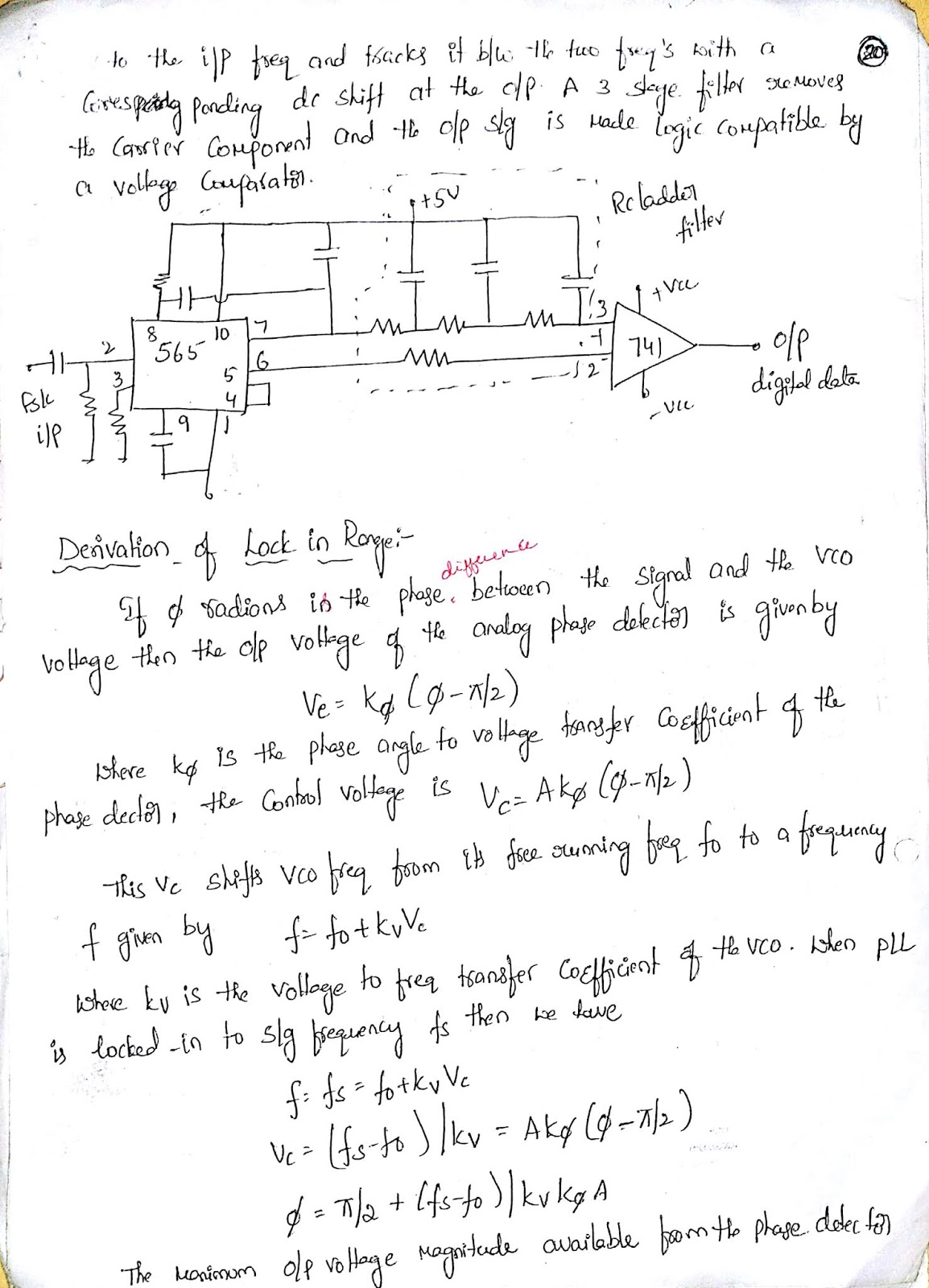EXPERIMENT NO:
3
Electronic Components: Familiarization/Identification of electronic
components (Resistors, Capacitors, Inductors, Diodes, Transistors etc.) Functionality,
type, size, color coding, package, symbol, cost etc.
AIM:
a) Identify the types of Resistors, Capacitors,
Inductors,Diodes,transistors etc. and their functionality.
b) To find out the
equivalent resistance value of the series and parallel circuit and mention the color
coding of resistors.
c) To find out the
equivalent capacitance value of the series and parallel circuit.
d) To design and observe the
performance of a transistor as a switch.
APPARATUS:
|
S.NO
|
Components / Equipment’s
|
Range
|
Quantity
|
|
1
|
Regulated Power Supply
|
(0-30V DC)
|
1
|
|
2
|
Voltmeters
|
(0-20V DC)
|
1
|
|
3
|
Ammeters
|
(0-100 mAmps)
|
1
|
|
4
|
Capacitors, Resistors
|
Different Ranges
|
-
|
|
5
|
LED
|
|
1
|
|
6
|
Transistor(BC107)
|
|
1
|
|
7
|
Bread Board
|
|
1
|
CIRCUIT DIAGRAMS:
Circuit diagram 1: Series Equivalent Resistance Circuit
Circuit diagram 2: Parallel Equivalent Resistance Circuit
Circuit diagram 3: Series Equivalent Capacitance Circuit
Circuit diagram 4: Parallel Equivalent Capacitance Circuit
Circuit diagram 5: Transistor as a Switch
PROCEDURE:
Part: 1
Ø Connect the
circuit on breadboard as per the circuit diagram1.
Ø Apply 5v dc as
an input to the circuit by using DRPS.
Ø Note down the
color coding of the given resistor values.
Ø Measure the
Equivalent Resistance which is connected in series and note it down.
Part: 2
Ø Connect the
circuit on breadboard as per the circuit diagram2.
Ø Apply 5v dc as
an input to the circuit by using DRPS.
Ø Note down the
color coding of the given resistor values.
Ø Measure the
Equivalent Resistance which is connected in parallel and note it down.
Part: 3
Ø Connect the
circuit on breadboard as per the circuit diagram3.
Ø Apply 5v dc as
an input to the circuit by using DRPS.
Ø Measure the
Equivalent capacitance which is connected in series and note it down.
Part: 4
Ø Connect the
circuit on breadboard as per the circuit diagram4.
Ø Apply 5v dc as
an input to the circuit by using DRPS.
Ø Measure the Equivalent
capacitance which is connected in parallel and note it down.
Part: 5
Ø Connect the
circuit on breadboard as per the circuit diagram5.
Ø Apply 5v dc as
an input to the circuit by using DRPS.
Ø Apply 5v dc as a
supply voltage to the circuit using DRPS.
Ø Measure the
Voltage across the diode at the output and note it down.
OBSERVATIONS:
Part: 1
Theoretical
values
|
Resistor
value
|
Color
1
|
Color
2
|
Color
3
|
Tolerance
|
Voltage
at each resistor
|
Current
at each resistor
|
|
R1=
|
|
|
|
|
|
|
|
R2=
|
|
|
|
|
|
|
|
R3=
|
|
|
|
|
|
|
Req=
R1+R2+R3 =.
Part: 2
Theoretical
values
|
Resistor
value
|
Color
1
|
Color
2
|
Color
3
|
Tolerance
|
Voltage
at each resistor
|
Current
at each resistor
|
|
R1=
|
|
|
|
|
|
|
|
R2=
|
|
|
|
|
|
|
|
R3=
|
|
|
|
|
|
|
Req
= 1/R1+1/R2+1/R3 =.
Part: 3
Theoretical
values
Ceq
= 1/C1+1/C2+1/C3 =.
|
S.No
|
Capacitor
value
|
Voltage
at each capacitor
|
Current
at each capacitor
|
|
1
|
C1=
|
|
|
|
2
|
C2=
|
|
|
|
3
|
C3=
|
|
|
Part: 4
Theoretical
values
Ceq
= C1+C2+C3 =.
|
S.No
|
Capacitor
value
|
Voltage
at each capacitor
|
Current
at each capacitor
|
|
1
|
C1=
|
|
|
|
2
|
C2=
|
|
|
|
3
|
C3=
|
|
|
Part: 5
Theoretical
values
When Vi=+2.5v, the transistor goes into
saturation region.
So, Vout =Vce (sat) =0.3V.
When Vi=-2.5v, the transistor goes into
cutoff region.
So, Vout =Vcc =5v
Tabular Form:
Part: 5
|
S.No
|
Input voltage(vi)
|
Output voltage
at LED
|
Transistor
OFF/ON
|
|
1
|
|
|
|
|
2
|
|
|
|
|
3
|
|
|
|
|
4
|
|
|
|
|
5
|
|
|
|
PRECAUTIONS:
Connections should be made carefully.
Verify the circuit before giving supply voltage.
Take reading without any parallax error.
APPLICATIONS:
RLC
components are used in Transistor.
PN
junction diode can be used as a switch.
Zener
diode can be used as voltage regulator.
Transistor
can be used a amplifying the signal and also as a switch.
RESULTS:
OUTCOMES:



























